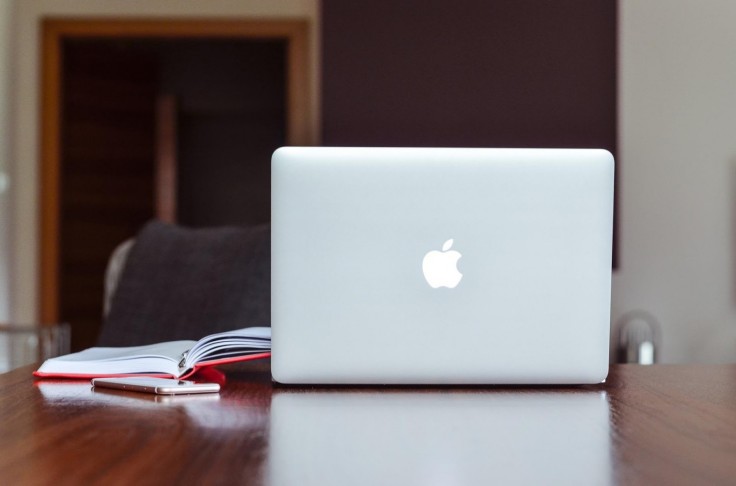
Memory is not something that you can add in a Macbook easily. That is why the computer is not the best when it comes to doing certain things, such as gaming. Sure, the newer models are coming with improvements, but there is still a lot of thought that goes into making sure all the random access memory is used optimally.
If ram free up is a problem that you currently face, you are bound to encounter dips in the overall performance of a Macbook. So what are the best ways to make sure that the issue does not run out of hand? If you want to find out, read the ideas below, and use them to create a maintenance strategy for your Mac.
Idea #1 - Pay Attention to Activity Monitor
Activity Monitor tool allows you to monitor the processes and determine which of them are resource-hungry the most. You can sort the list by memory usage. The apps at the top are your biggest concern.
Now there will be some apps you cannot remove since they are part of the system and are necessary to ensure that the system is functioning the way it should. Leave such apps aside.
Your focus will be on those that are replaceable or removable. Deleting applications that offer nothing in return for the memory and other resource consumption will definitely make things better.
Finally, it is not something that you should do just once. Check on the Activity Monitor regularly and take action if something is out of the ordinary.
Idea #2 - Free up Disk Space
Lack of disk space also puts a toll on the system. The situation can get pretty difficult because the hard drives of Macbooks do not come with that much available storage. As such, a number of users will struggle to work out how they can fit all the data they want.
Leaving a few gigabytes of free space will not be enough. You need more than that. Look for ways to free up the storage space. For instance, get rid of all the junk like caches or old backups. Transfer some files to external storage devices and clouds. Subscribe to streaming platforms, so there is no need to keep large media files on the computer.
Idea #3 - Declutter Desktop
A cluttered desktop spells trouble. Do not get in the habit of putting every file there as each icon consumes resources. And imagine the amount of memory necessary when you add up everything that is on the desktop.
Files should be kept in proper locations rather than the desktop. And if you think that finding them will be hard, remember to use the search function. An ideal Macbook desktop should not have any icons at all.
Idea #4 - Scan for Viruses
There are a lot of different viruses and malware. And while most users do not associate these threats with memory usage problems, you can bet that a more prominent virus or malware will influence how your memory is used.
Be sure that you have a reliable antivirus that scans the system constantly and removes any detected threats. Avoiding questionable websites will also help with reducing the odds of a virus getting inside your computer.
Idea #5 - Optimize Web Browser
A web browser is something most Macbook users have. And as there are a lot of different options, it is natural that people have different preferences.
However, when it comes to the computer's memory, some browsers are notorious for how many resources they need. So what are the best options?
Well, you should start by trying as many different browsers and determining which one is the best overall option. Apple continues to release new system updates, so some people might think that sticking to the default browser is the best option.
There are those who take this route, but it would still be worth your while to see what each browser has to offer. Also, do not go overboard with browser extensions and add-ons. Limiting the number of active tabs will also help.
Idea #6 - Disable Visual Effects
Visual effects might seem like a good feature to have around, but they offer nothing of real value. Not to mention that you will get tired of them eventually.
Instead of having these effects consume memory as well as battery life, why not go ahead and simply disable them? You will notice a positive impact immediately.
Idea #7 - Restart Computer Regularly
Regular restarts will stop memory leaks that occur when applications have been running non-stop for a long time. Giving the Mac a fresh start will also affect the performance positively.
You should restart the computer every few hours. And if you have to wait for applications to load after each restart, there is an option to remove these applications from the startup item menu in the profile settings.









